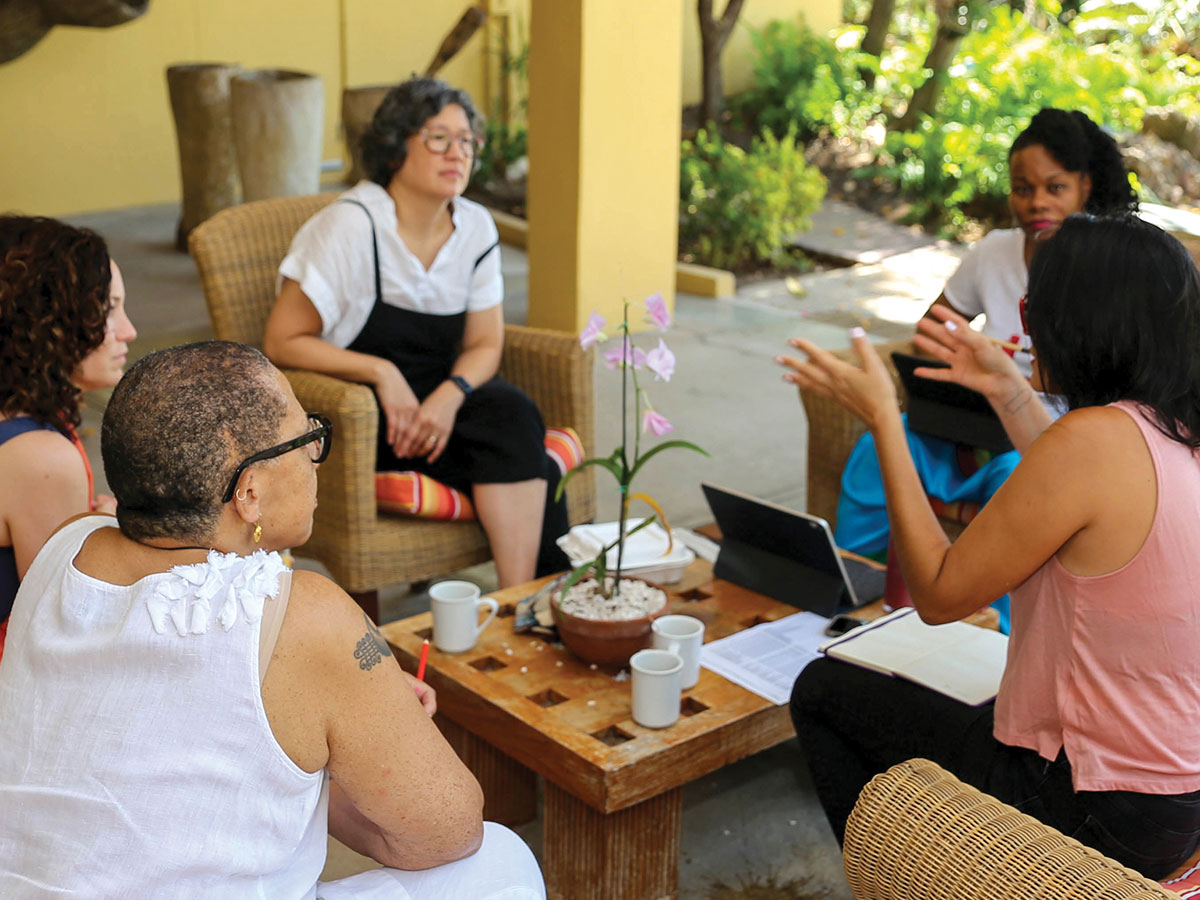
Streamlining Basics – Project Streamline Essential for New Grantmakers (and Everybody!)
This series of blogs will remind you of Project Streamline’s diagnosis of our field’s application and reporting challenges, streamlining’s core principles, and practical recommendations for good practice.
Streamlining Basics blogs tackle the following topics:
- What is Project Streamline and Where’d it Come From?
- Wearing the Streamlining Goggles – Four Streamlining Principles
- Rightsizing Application and Reporting (today’s blog!)
- Budgets and Financial Reporting
- Making Reporting Mean More
- Online Systems
- Getting Started With a Streamlining Process
Rightsizing Application and Reporting
In this blog, we review the concept of “rightsizing” as it applies to grantmaking and share key ideas from Project Streamline’s Guide to Rightsizing the Grantmaking Process. For more great information on how to right-size your grantmaking, you can download the whole guide from this page.
What is rightsizing? Think of it this way: If your feet are a size seven and extra wide, you probably buy size seven, extra wide shoe. Your shoes neither pinch your toes nor trip you by flopping around as you walk. Rightsizing, not unlike buying shoes, is the idea of sensible fit. PEAK Grantmaking believes that a grantmaking process should be proportionate to the grant. Specifically, your process should be responsive to three things:
- The size of the grant,
- The type of grant, and
- The prior relationship with the grantee.
Here’s the bottom line for funders who are looking for ways to right-size:
- Know the net grant and keep it high. Why? Because grantseekers don’t actually get grants. They get net grants: the amount of money that’s left over after you factor in the costs of applying and reporting. Believe it or not, with some small grants that have laborious processes, this net grant can be a negative number.You should also think about the cost to the sector of your process. Your grantees may spend money to get your funds – but at least they get something! Other grantseekers who apply for your funding and walk away empty handed actually lose money in the form of time and energy. You can support the organizations and field you care about by making sure that your process results in eligible applicants and high net grants.
- Figure out what information you really need. Go through your application and reporting questions and requirements and ask:
- Do we really need this information to make decisions? Do we need it from every grantee or only some of them? Do we need it at the beginning of the process, or could we wait until organizations are likely to be funded before requiring it?
- Are there other ways we could get this information?
- Have we explained clearly why we need this information?
- Are we using the information we collect in reports to make decisions, build the field, or learn?
- Simplify the application and reporting process for small grants, renewal grants, operating support grants, and repeat grantees. Here are some of the recommendations from Project Streamline’s Guide to Rightsizing the Grantmaking Process and there are many more in the full guide.
- Grants applications for funding under $5,000 should not take more than five hours to complete.
- If your grantees can apply for funding year after year, renewal grants can be streamlined by combining the prior year’s reporting with the reapplication for subsequent funding. Yes, you may need to ask for an updated financial report once the prior year’s grant is complete, but other requirements can be waived for renewals.
- Operating support grants can be made using organizations’ existing materials, such as annual reports, instead of customized grant proposals and reports.
- You can accept – and even encourage! – proposals and reports written for other funders, like the Robert Sterling Clark Foundation does.
- Find ways to filter. Sometimes rightsizing means staging your process so that only those with the best chance of receiving funding need to submit the full package of materials (again, think about the cost to the sector). Filtering techniques might include:
- Really clear guidelines on your website;
- A strong eligibility screen or quiz that eliminates those who will not qualify for funding;
- A pre-application conversation or brief Letter of Inquiry that contains the “must have” information; or
- A process that keeps non-essentials to a minimum or collects them only after funding looks likely.
- Seek (and act on) Feedback. I know we always say this, but it is always true: If you don’t ask how long your process takes, then you don’t know how long your process takes. The only way to know your net grant is to find out the average time cost for your grantseekers and grantees.
The Rightsizing Guide also has ideas for grantseekers. It suggests – among other things – that nonprofits apply only to funders with aligned missions and goals, make sure that they are clear on the requirements at the outset, send only requested information, and make public information available on their websites. We also encourage grantseekers to track how long a process takes, and make smart decisions about whether a grant is worth the time and cost to apply.
Dr. Streamline is Jessica Bearman of Bearman Consulting, LLC. She provides facilitation, organization development, and research and development to help grantmakers and other mission-focused organizations align strategy, practice, and culture for greater effectiveness, equity, and joy.


